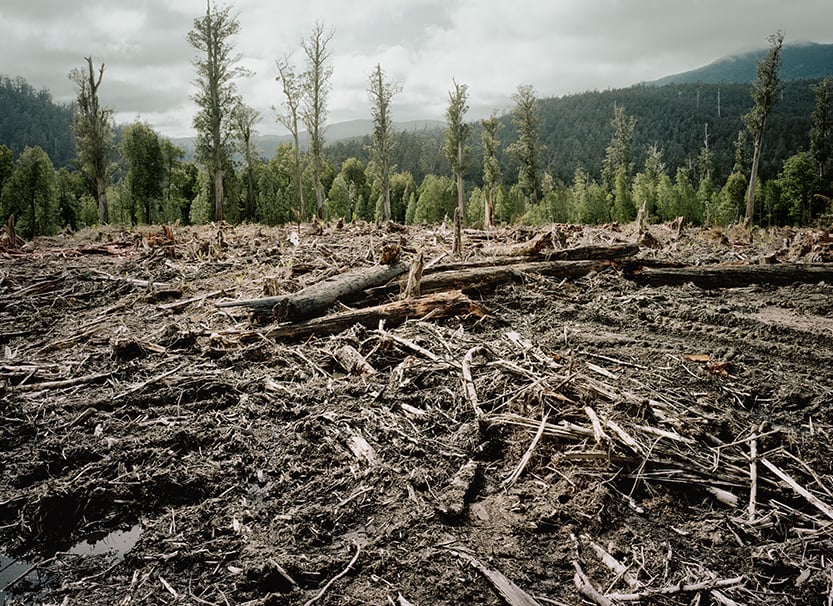
EPA Amends All Appropriate Inquiries Rule
On December 15, 2022, the U.S. Environmental Protection Agency (EPA) published a Final Rule to amend its All Appropriate Inquiries (AAI) Rule. The AAI Rule is the EPA regulation that sets the process for conducting an inquiry into a property’s environmental conditions in order to obtain protections from liability under the federal Superfund Law, the Comprehensive Environmental Response, Compensation, and Liability Act (CERCLA). The amended rule updates the reference to the latest American Society for Testing and Materials (ASTM) E1527-21 Standard Practice as one method for conducting a Phase I Environmental Site Assessment (Phase 1 ESA) that would satisfy EPA’s AAI requirements. The rule takes effect on February 13, 2023 — but allows a one-year transition before EPA will no longer accept the former ASTM Phase I ESA standard (E1527-13) as meeting the AAI requirement.
2022 Sidley Energy Enforcement Update
This Sidley Energy Enforcement update covers:
- Federal Energy Regulatory Commission (FERC) approves settlement between Enforcement staff and Coaltrain
- Both FERC and Commodity Futures Trading Commission (CFTC) enforcement reports highlight the respective agency’s continued commitment to strong enforcement
- U.S. Court of Appeals for the Fifth Circuit upholds FERC’s finding that BP manipulated the natural gas market but remands to FERC to recalculate its $20 million penalty
- CFTC orders Glencore to pay a record-setting penalty of $1.186 billion
- CFTC and Securities and Exchange Commission (SEC) orders over $1.8 billion in fines against 11 firms for recordkeeping failure — employees using unapproved method of communications such as texts and WhatsApp on personal devices
U.S. EPA Adds 12 Chemicals to Toxics Release Inventory
On November 30, 2022, the U.S. Environmental Protection Agency (EPA) finalized a rule that adds 12 chemicals to the list of chemicals subject to Toxics Release Inventory (TRI) reporting requirements.[1] Facilities that are covered by TRI and meet reporting requirements for these chemicals will now be required to report to EPA on quantities of these chemicals that are released into the environment or otherwise managed as waste. The first reports on these chemicals will be due to EPA July 1, 2024, for calendar year 2023 data.

U.S. Endangered Listing for Northern Long-Eared Bat
On November 30, 2022, the U.S. Fish and Wildlife Service (Service) published a Final Rule reclassifying the northern long-eared bat as an endangered species pursuant to the Endangered Species Act (ESA) and updating the bat’s range to 43 states. The Service did respond favorably to commenters’ request for guidance on activities that would or would not affect the bat and for additional resources to assist regulated entities and regulators with consultation and permitting activities. These include the following:
